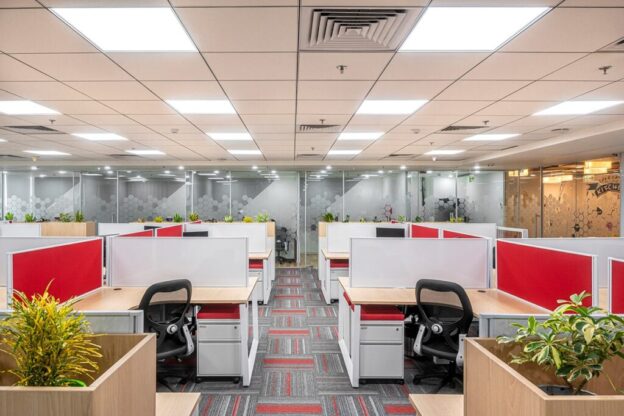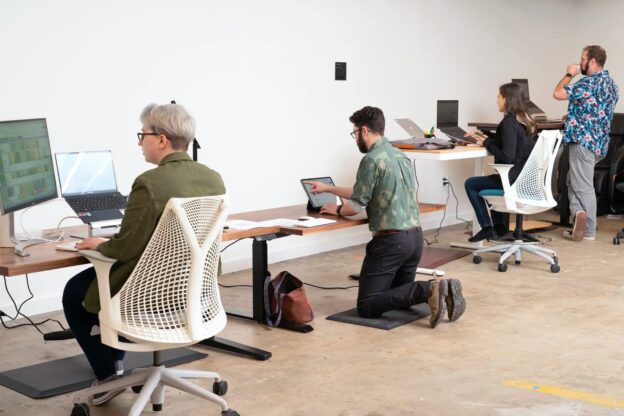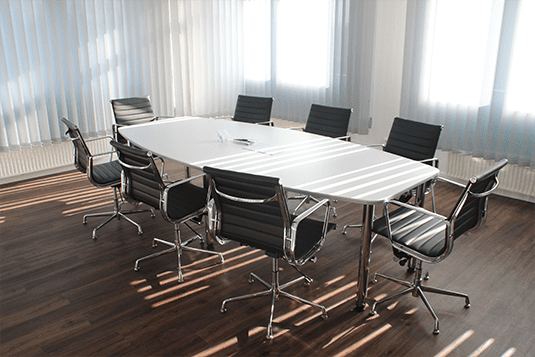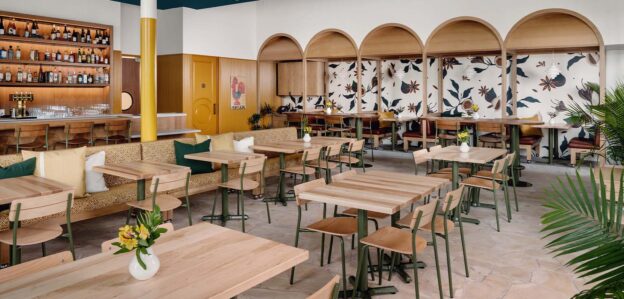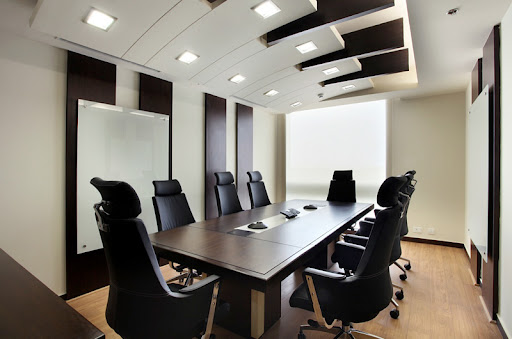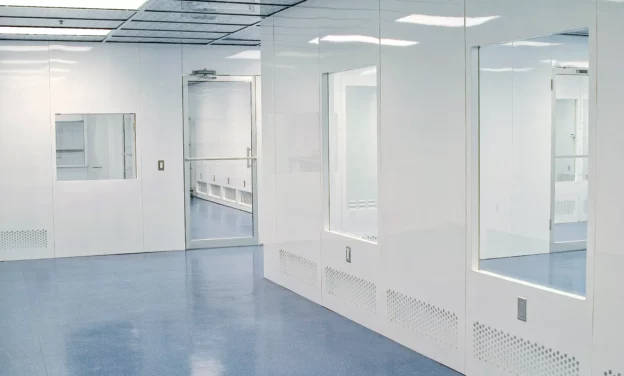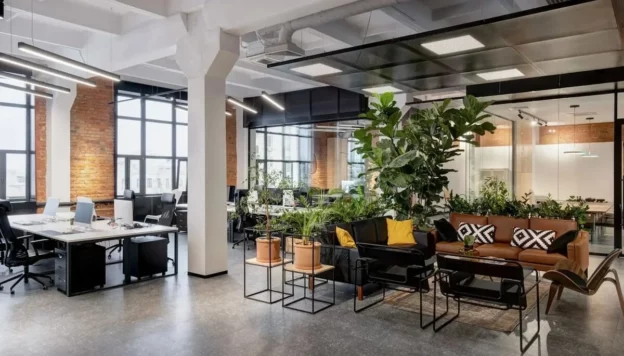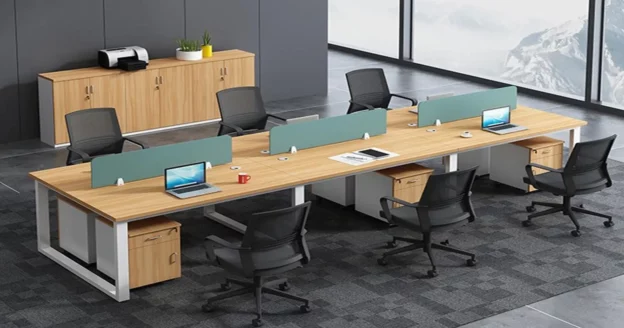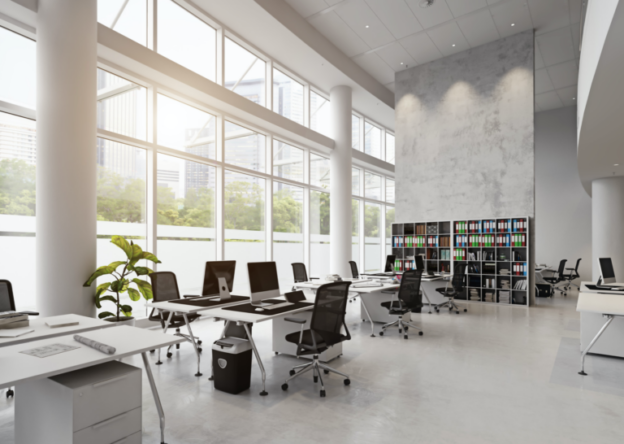In today’s fast-paced industrial and commercial sectors, maintaining clean and controlled environments is crucial for efficiency, safety, and compliance. Modular clean room partitions are becoming the go-to solution for businesses looking to create flexible, cost-effective, and highly controlled workspaces. These partitions play a significant role in enhancing industrial and commercial spaces, making them more adaptable, efficient, and compliant with industry standards.
What Are Modular Clean Room Partitions?
Modular clean room partitions are prefabricated wall systems designed to create controlled environments in various industrial and commercial settings. Unlike traditional construction methods, these partitions offer a flexible, scalable, and cost-effective way to build clean rooms tailored to specific operational needs.
Key Benefits of Modular Clean Room Partitions
1. Flexibility and Adaptability
- Can be easily modified, expanded, or relocated based on changing business needs.
- Suitable for industries like pharmaceuticals, electronics, food processing, and healthcare.
2. Cost-Effective and Time-Saving
- Reduces construction time compared to traditional clean room setups.
- Lower material and labor costs due to prefabricated components.
- Quick installation minimizes downtime and disruption to operations.
3. Enhanced Air Quality and Contamination Control
- Helps maintain ISO-classified clean environments by controlling airflow, humidity, and particle contamination.
- Ideal for industries where precision and sterility are critical.
4. Compliance with Industry Standards
- Designed to meet regulatory requirements such as ISO 14644, FDA, and GMP guidelines.
- Ensures operational consistency and quality assurance for sensitive processes.
5. Energy Efficiency and Sustainability
- Insulated panels improve thermal efficiency, reducing heating and cooling costs.
- Sustainable materials can be used to minimize environmental impact.
- Reduces waste by offering reusable and recyclable materials.
6. Improved Aesthetics and Professional Appearance
- Offers a sleek, modern design that enhances workplace appeal.
- Customizable options for color, material, and finishes to suit brand identity.
Applications of Modular Clean Room Partitions
1. Pharmaceutical and Biotechnology Labs
- Ensures controlled environments for drug development and research.
- Prevents cross-contamination in sterile manufacturing areas.
2. Electronics and Semiconductor Manufacturing
- Protects delicate components from airborne particles and electrostatic discharge.
- Enables precise and clean production processes.
3. Food Processing and Packaging
- Maintains hygienic conditions to prevent contamination.
- Supports compliance with food safety regulations.
4. Healthcare Facilities and Laboratories
- Creates contamination-free zones for testing, research, and medical procedures.
- Enhances infection control in hospitals and clinics.
5. Aerospace and Automotive Industries
- Provides controlled environments for high-precision manufacturing.
- Prevents dust and particle contamination in sensitive assembly areas.
Choosing the Right Modular Clean Room Partitions
When selecting modular clean room partitions, businesses should consider the following factors:
- Material Type: Choose from aluminum, stainless steel, or composite panels based on industry needs.
- Cleanliness Standards: Ensure compliance with ISO classifications and regulatory guidelines.
- Customizability: Opt for partitions that can be tailored to specific workspace requirements.
- Ease of Maintenance: Select materials that are easy to clean and resistant to chemical exposure.
- Future Expansion Possibilities: Plan for potential modifications or expansions to adapt to evolving business needs.
Final Thoughts
Modular clean room partitions are a game-changer for industrial and commercial spaces, providing a perfect blend of flexibility, efficiency, and regulatory compliance. Whether you’re in pharmaceuticals, electronics, healthcare, or food processing, these partitions offer a scalable and cost-effective way to maintain controlled environments without the constraints of traditional construction.
By investing in modular clean room partitions, businesses can ensure higher productivity, improved safety, and long-term sustainability while maintaining the highest industry standards. If you’re looking for a practical solution to enhance your workspace, modular partitions are undoubtedly the way forward!
We create inspiring workplaces with expert turnkey interior solutions and modern office interior designs. See our latest and completed projects!
